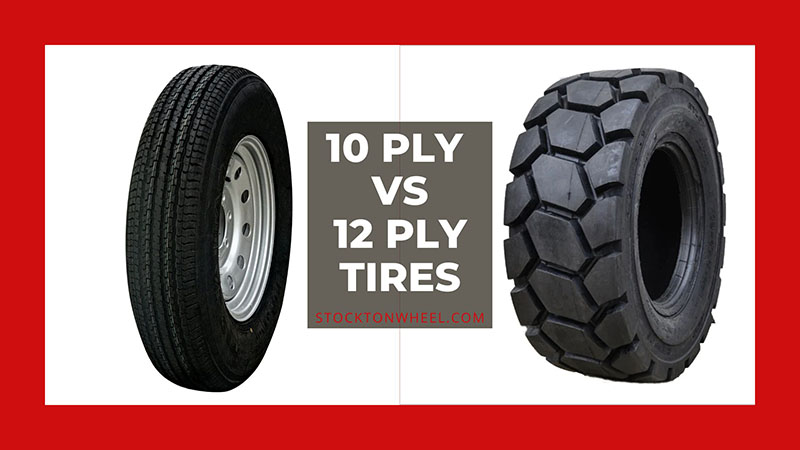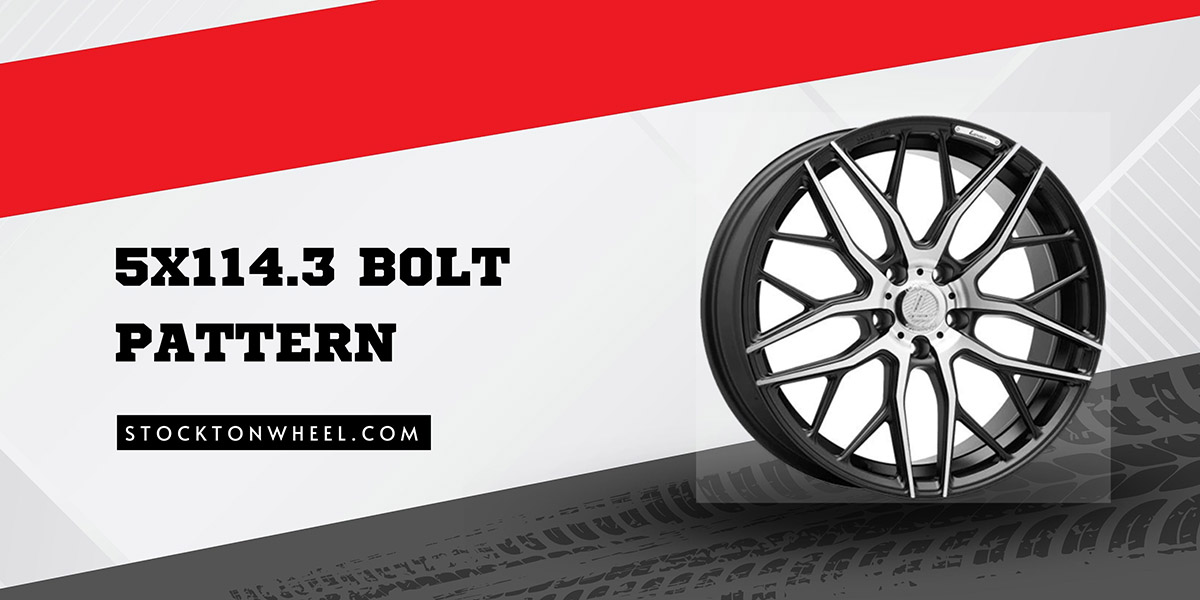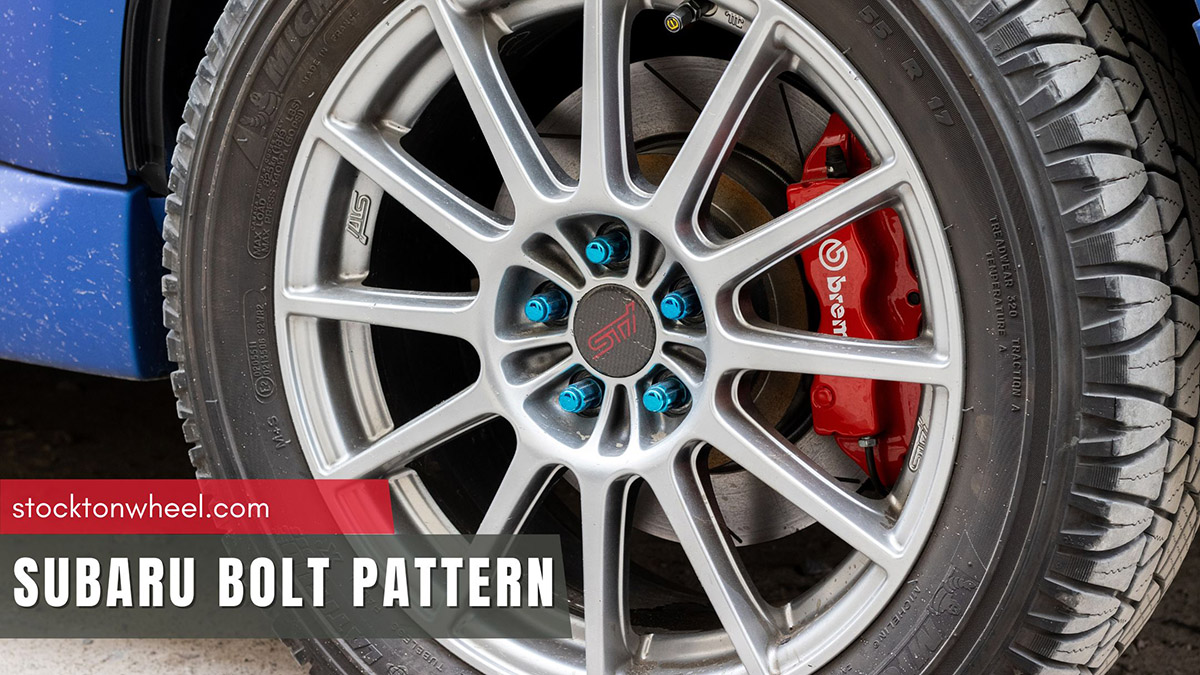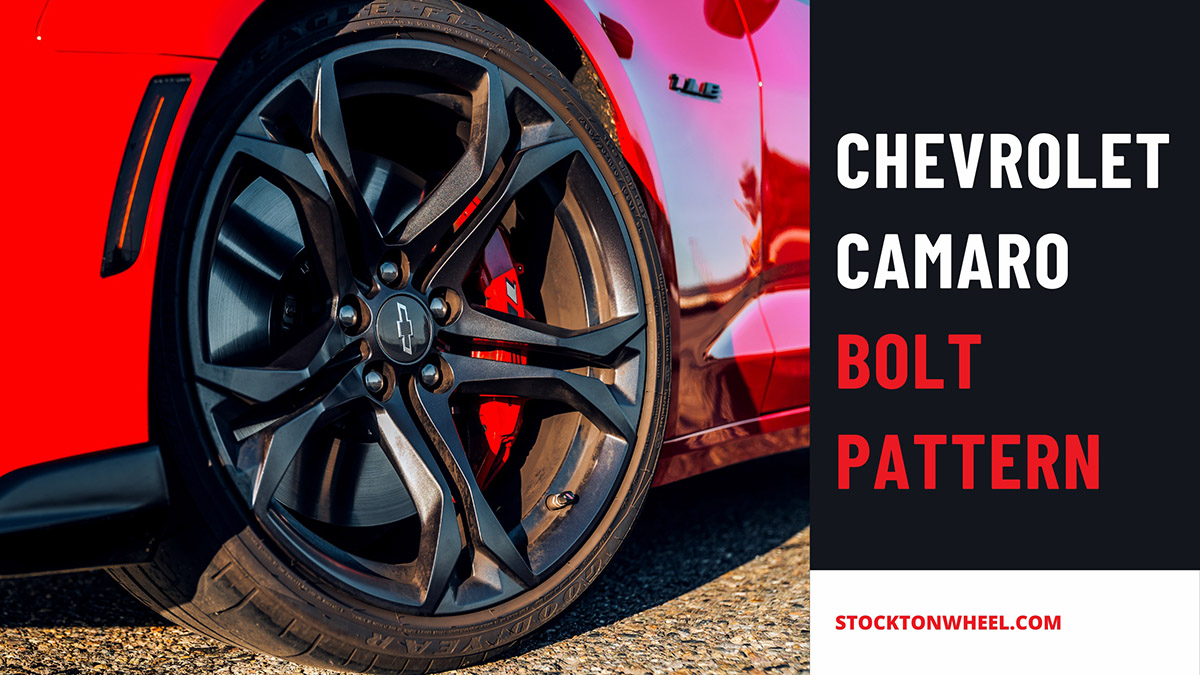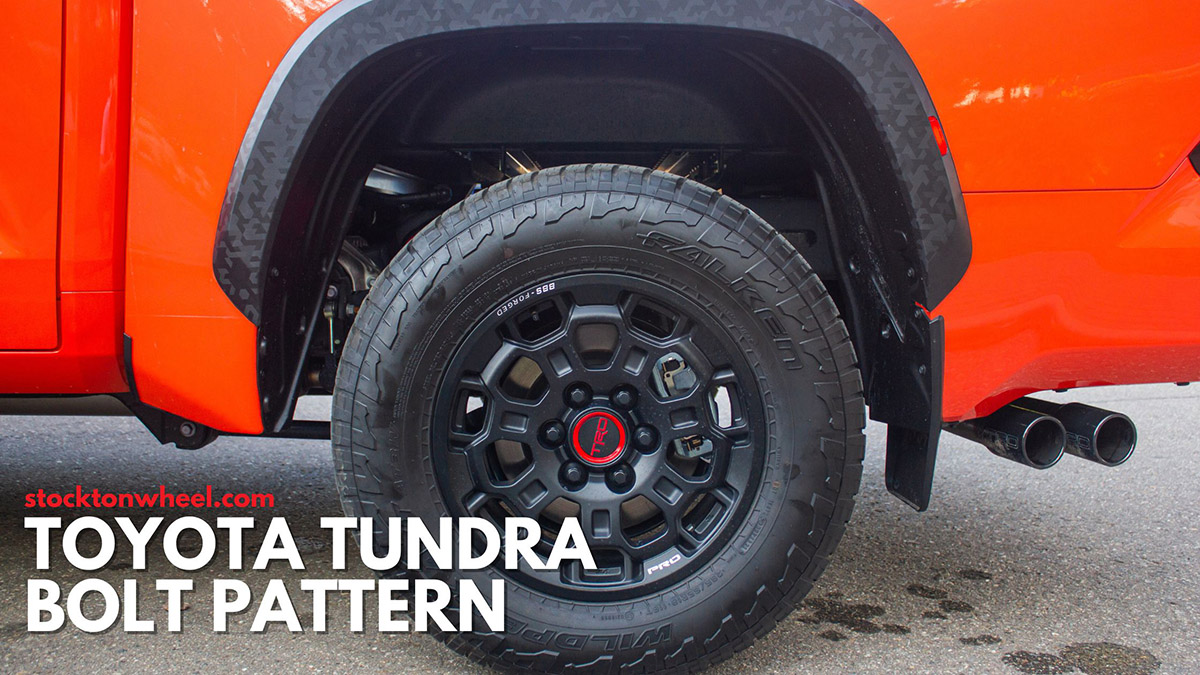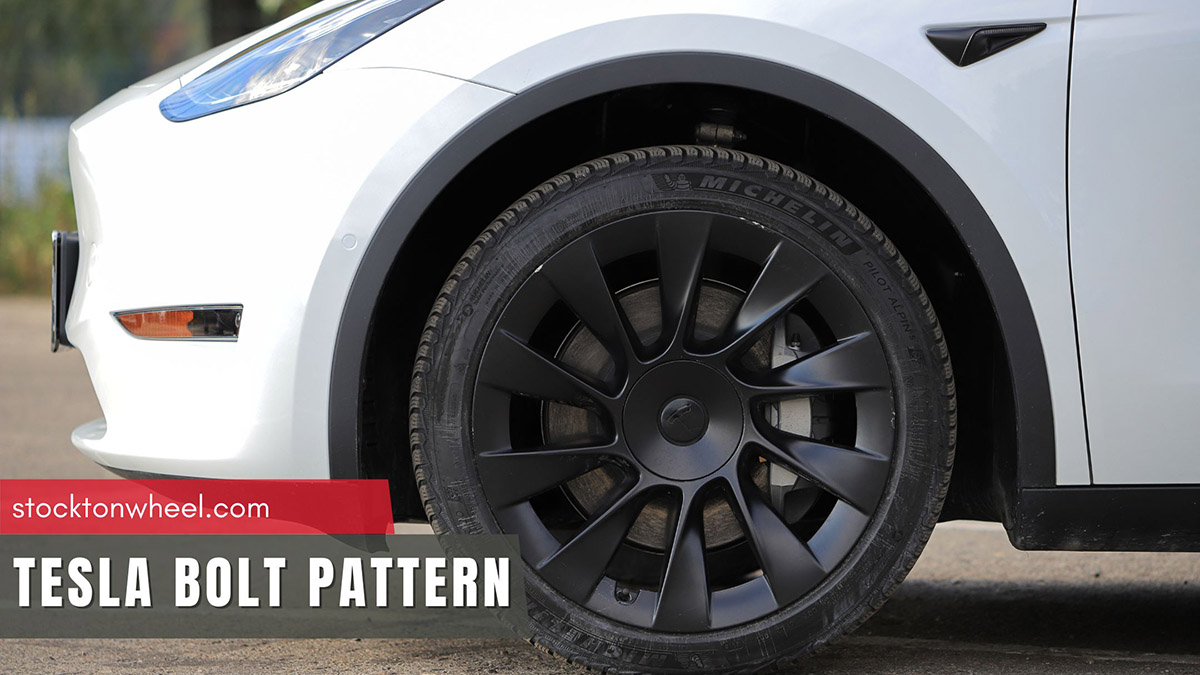Choosing the right tires for your vehicle involves considering various factors, and one of the key decisions is selecting the appropriate ply rating. When it comes to heavy-duty applications, you may come across the options of 10-ply vs 12-ply tire.
Understanding the differences between them can help you make an informed decision that aligns with your vehicle’s requirements and usage.
In this article:
About 10 Ply Tire Rating
10-ply tires mean their sidewall comes with 10 material layers. Such construction enables them to handle heavier loads. Also called E load-index tires, these 10-rating tires are best for SUVs or trucks. Only air pressures between 65 and 80 psi are comparable for them.
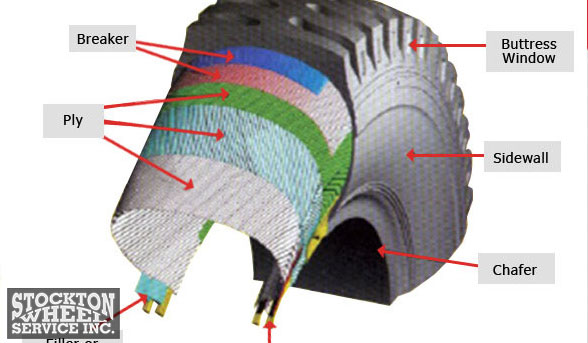
Pros
- Durability: 10-layer tires are known for their durability and toughness. They are designed to withstand heavier loads and are more resistant to punctures and damage, making them suitable for demanding applications and rough terrains.
- Enhanced Traction: They often have deeper tread patterns, providing better traction on various surfaces. This is particularly beneficial in off-road conditions or when driving on uneven terrain.
- Increased Stability: Due to their stiffer sidewalls, these tires offer improved stability, especially during cornering or when the vehicle is heavily loaded. They help minimize sway and ensure better control over the automobile.
Cons
- Stiff Ride: Their more rigid construction can result in a firmer and less comfortable ride compared to tires with lower ply ratings. The stiffer sidewalls transmit more vibrations and impact harshness, potentially affecting overall ride quality.
- Higher Cost: These tires typically come at a higher price point. The added durability and extra load capacity contribute to the increased cost, making them a more significant investment.
About 12 Ply Tires
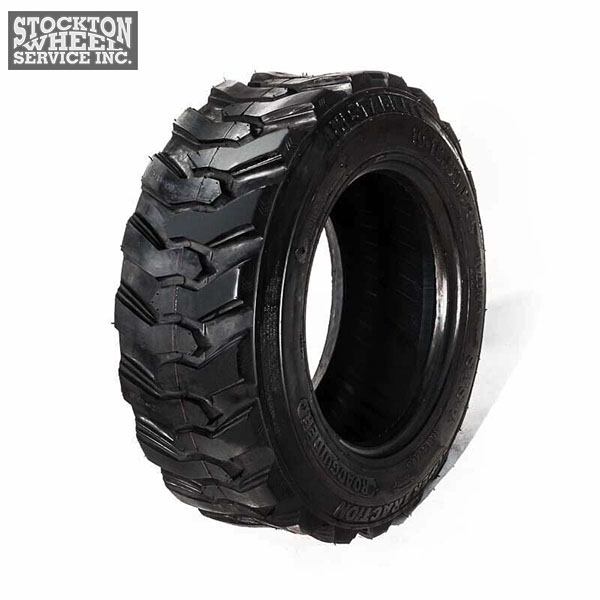
With 12 material layers in the sidewall, they have a considerably stronger, bigger tire, and more lasting structure than 10-ply tires, suitable for off-road or heavy-load vehicles. The sturdy construction allows them to bear air pressure as high as 95 psi with an “F” load rating.
Pros
- Maximum Load Capacity: The tires offer exceptional load-carrying capacity, making them ideal for heavy-duty applications. They are designed to handle substantial weights, making them suitable for commercial vehicles, trailers, and other heavy-duty automobiles.
- Durability And Resistance: They are constructed with sturdy materials and reinforced sidewalls, providing excellent durability and resistance against punctures and impacts. They can undergo rugged terrains and challenging driving conditions, offering enhanced longevity.
- Stability And Control: The robust construction enhances stability and control, particularly when carrying heavy loads or towing. The stiff sidewalls minimize sway and improve handling, offering a more secure driving experience.
- Off-Road Capability: The tires often feature aggressive tread patterns that excel in off-road conditions. They offer enhanced traction on uneven surfaces, making them suitable for construction sites, off-road adventures, and other challenging environments.
Cons
- Decreased Fuel Efficiency: The heavier weight and increased rolling resistance can lead to lower fuel efficiency, as they require more energy to roll.
- Reduced Handling In Wet Conditions: The aggressive tread patterns of some 12-layer tires, while beneficial off-road, can lead to reduced traction and handling on wet or slippery surfaces.
Difference Between 10 Ply And 12 Ply Tires
With thicker sidewall (12 layers) than 10-ply tires (10 layers), 12-ply tires are more durable, heavier, and stronger, thus withstanding more weight. But they come at higher prices with less flexibility due to the large footprints. They also consume more fuel for more energy required to roll.
Fuel Efficiency
In comparison to tires with 10 layers, those with 12 layers consume more gasoline. As mentioned in the previous statement, they require more force to move because they have a heavier build than their counterparts. The drag increases as the vehicle goes quickly due to increased tire-to-road friction.
Load Capacity
The ply rating of a tire indicates its strength and ability to handle heavy loads. In this aspect, 12 ply truck tires have a higher load capacity. The additional layers of material and reinforced sidewalls in the former ones enable them to carry heavier loads without compromising stability and safety.
This makes them an ideal choice for vehicles that regularly haul heavy cargo, tow trailers, or operate in demanding conditions. Meanwhile, 10-ply rating tires, while still dealing with significant loads, have a slightly lower load capacity.
Performance
While both types offer their own advantages, the specific performance characteristics can vary. 10-ply tires often prioritize comfort, fuel efficiency, and noise reduction. They tend to provide a smoother ride, better fuel economy, and lower noise levels than their counterparts.
12 ply load rating tires excel in areas such as load-carrying capacity, durability, and handling. As mentioned, the maximal air pressure that they can handle is 95 psi, higher than that of regular tires.
They are designed to handle heavier loads and offer enhanced stability and control, particularly in challenging driving conditions. The multilayer tires increase traction by increasing tire-road surface contact. These substantial tires will be suitable for the climate and durable.
For example, I used to equip my 2014 Ford F250 with a set of 10-ply tires, and since I had to transport a lot of equipment to my woodworking site quite frequently, the tires were past their prime after just 3 years. And since I switched to 12-ply tires in 2019, they are still in good shape after 4 years.
Comfort
Tires with 10-ply ratings tend to offer a more comfortable ride. Their construction and design allow for more flexibility in the sidewalls, which helps absorb road imperfections and minimize vibrations. This means it brings a smoother and more cushioned ride for passengers.
Meanwhile, 12-ply tires, designed to handle heavier loads, often have stiffer sidewalls to provide added strength and stability. While this stiffness contributes to improved handling and control, it can also result in a firmer ride and increased road feedback. I also found it hard to maneuver in a compact parking space or any tight corner.
Noise
10-ply tires offer a quieter and more comfortable ride in terms of noise levels. The construction and design often prioritize minimizing road noise and vibrations. The flexibility of their sidewalls helps absorb road irregularities and reduce the transmission of noise into the cabin.
In terms of 12 ply tires load range, they may generate more road noise and vibrations. The increased rigidity design can deliver a louder and potentially less comfortable driving experience.
Cost
The pricing difference can be attributed to the materials and construction required to achieve the higher load-carrying capacity of 12-ply rated tires. Their additional layers and reinforced sidewalls contribute to increased manufacturing costs, which are passed on to consumers.
In contrast, 10-ply construction tires strike a balance between load capacity and affordability, making them a more cost-effective choice for many drivers. However, notice that the prices can vary based on brand, size, and specific features.
Can You Mix 10-Ply Tires With 12-Ply Tires?
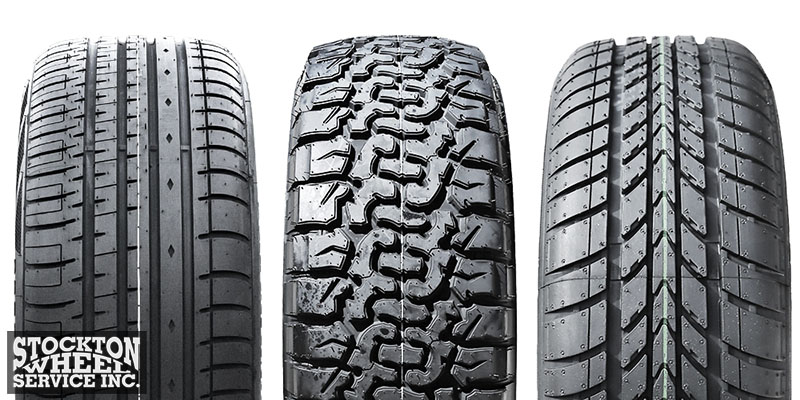
Mixing the 10-ply and 12-ply tires is generally not recommended. Mixing different ply ratings can result in an imbalanced load distribution and potentially compromise the vehicle’s stability and handling capabilities. Premature tire wear is also expected.
Additionally, mismatched ply ratings can cause uneven wear patterns and reduce the overall lifespan of the tires.
It’s important to maintain consistency in tire construction, load-carrying capacity, and performance characteristics for optimal safety and handling. To ensure maximum safety and performance, it is best to replace all tires with the same rating.
Frequently Asked Questions
Is A Higher Ply Tire Better?
Not necessarily. The ply rating of a tire is not the sole determinant of its quality or performance. The appropriate ply rating depends on vehicle weight, towing capacity, and intended usage. Higher-ply tires are meant to handle heavier loads, making them suitable for certain applications.
Will 10 Ply Tires Last Longer?
While these tires are built to transport heavier loads and may have enhanced durability features, factors such as tire quality, driving habits, maintenance, and road conditions play a significant role in determining tire lifespan. Proper tire care, regular rotation, and alignment maintenance are crucial for maximizing tire longevity.
How Much Weight Can 10 Ply Tires Handle?
The weight-carrying capacity of 10-ply tires can vary depending on the specific tire model and size. For example, a 265/75R16 tire with this rating can support 3,085 pounds of weight at 80 psi. Meanwhile, the loading capability of a 10ply tire with a smaller size can drop to 2,314 pounds at 60 psi.
The Bottom Line
The choice between 10 ply and 12 ply tires boils down to your specific needs and priorities. Both come with higher loads than any other multilayer tires now in normal production.
The former ones are more comfortable, less expensive, perform better, and use less petrol. Yet, the latter are more reliable, more stable, and better suited to handle a variety of terrain.
Your preferences and level of commitment to achieving your maximum weight will have the final say.
See more: 4 ply vs 10 ply tires

